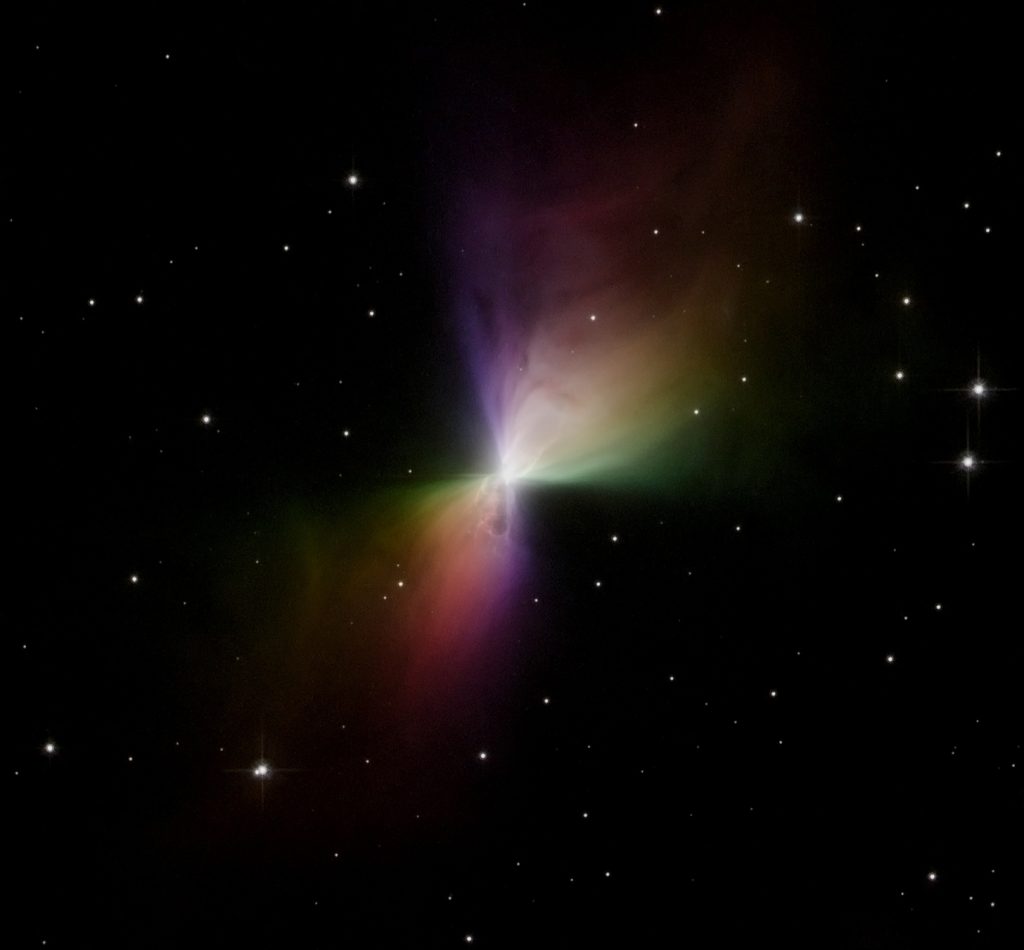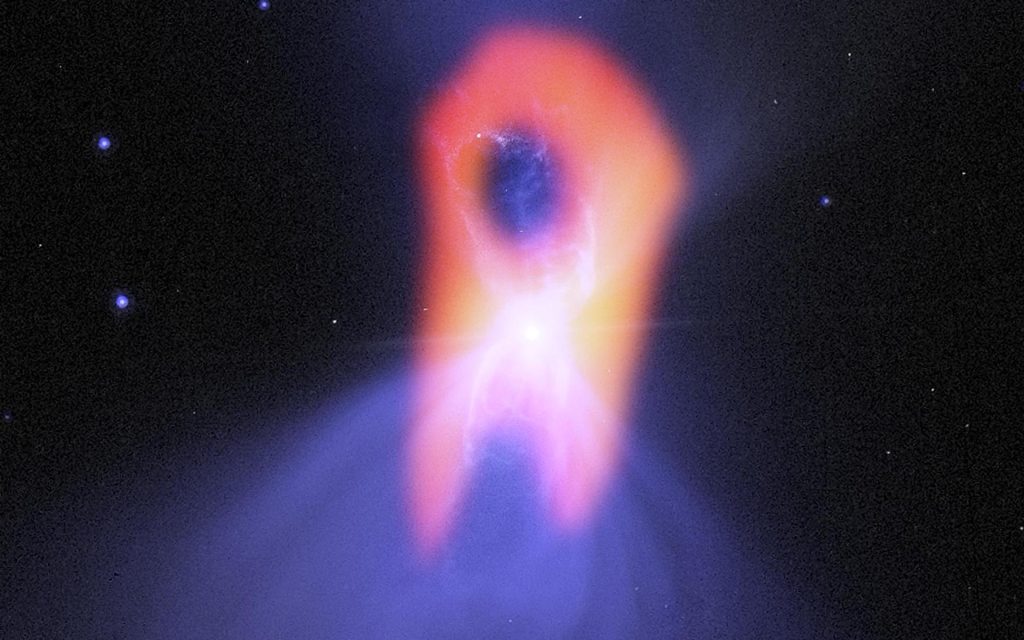Cosmic Deep Freeze: Journeying To The Coldest Place In Existence
Within the immense scope of space, the Boomerang Nebula asserts its position as the coldest point in the universe—a captivating cosmic spectacle positioned around 5,000 light-years distant in the Centaurus constellation. With temperatures hovering just a fraction of a degree above absolute zero (-273.15°C or -459.67°F), the Boomerang Nebula’s frigid conditions are a result of its intricate dance with the forces of stellar evolution.

The Boomerang Nebula’s extreme coldness stems from its central star’s transition from a red giant to a white dwarf. During this transformation, the star expels its outer layers in a massive outflow of gas, creating an expanding shell of material around the core. This expulsion of gas is triggered by the star’s diminishing nuclear fusion processes and the subsequent release of energy.
As this gas expands into space, it cools down significantly due to the drop in temperature caused by the expansion. This phenomenon of cooling is referred to as the adiabatic cooling process.
The end result is a breathtaking nebula with a distinct hourglass shape, intricately woven with tendrils of gas and dust. The molecules within this expelled material are so cold that they can no longer emit visible light. However, the nebula’s interaction with the cosmic microwave background radiation—the afterglow of the Big Bang—leads to a faint glow at submillimeter wavelengths, which scientists can detect using specialized instruments.

The discovery of the Boomerang Nebula’s astonishingly low temperature has profound implications for our understanding of the universe’s behavior under extreme conditions. It serves as a reminder that even in the seemingly desolate void of space, complex and fascinating processes are constantly unfolding.
